Securing girls’ right to go to school is one thing; ensuring they can learn while they are there is quite another.
In a recent major survey undertaken by the Campaign for Female Education (Camfed) in Tanzania and Zimbabwe, low academic self-esteem was the second most frequently expressed reason for dropping out of school among marginalized girls, after poverty-related issues. Girls lack the confidence to engage in the classroom; quite literally, they do not feel they have the right to learn. This has major implications for the nature of support provided to girls if we are to bridge the distance between girls going to school—and learning.
Over the past 23 years, Camfed has supported girls’ education in rural areas of Africa where the school enrollment and retention of girls has lagged behind that of boys. We work in partnership with ministries of education and operate in government school systems. We have focused on enabling the most marginalized girls to progress through school to the completion of secondary education and to spotlight the obstacles they face on their journey. This spotlight has illuminated two key issues: first, the relevance of learning content to girls’ lives in enabling them to acquire critical knowledge and skills, and second, the importance of the learning context in reinforcing an environment in which girls’ rights and well-being are protected.
On the first issue—the relevance of learning content—it’s clear that a narrow academic curriculum is not equipping girls with the requisite skills to make the successful transition from school to a secure young adulthood. In many respects, the core academic curriculum is in fact exacerbating the marginalization of already marginalized rural girls as the curricular content is so far removed from their daily experience. This is further fueled by text books that are positioned for better-off (and usually urban) children. The academic curriculum and associated materials are thus continually reinforcing a sense of inadequacy among marginalized girls. This is manifesting itself in chronically low levels of academic self-esteem, which is in turn translating to very low academic results.
In response, Camfed has developed a life skills (or well-being) program that is integrated alongside the academic curriculum as part of the school timetable. This well-being program has been designed with young people to provide a bridge to the formal curriculum by validating their experiences as central to their learning journey, and traversing the skills gap by bringing a conscious approach to critical thinking and self-efficacy. It is delivered by female secondary school graduates who are returning to their local schools to operate as “Learner Guides.” Learner Guides are trained in pedagogical approaches that help them engage students in new ways in the classroom. They are important role models and are particularly sensitized to the needs of marginalized girls, having once lived through this experience themselves.
This has important implications for the quality of girls’ learning environment; for while the development of life skills is focused on the individual, a girl’s attitude to learning and sense of well-being are also deeply affected by her learning environment. The Learner Guide initiative is one part of Camfed’s wider programs in schools and communities (currently operational in 5,300 schools and to date has reached nearly 4 million children). Camfed’s approach is underpinned by the principle that truly shifting girls’ prospects requires transforming their context. The responsibility for this change cannot rest on girls’ shoulders and be solved through their acquisition of life skills; instead, a collaborative, multi-sectoral approach that extends beyond school doors should be tasked with tackling the myriad obstacles to their school retention and success.
Alongside the rollout of the Learner Guide program as an integral component of Camfed’s wider approach, we have administered a major learning assessment with secondary school students to track its impact, in collaboration with national examinations councils in Zimbabwe and Tanzania. In tandem with an academic assessment, we have measured the shift in “attitudes to learning” among students by gauging the extent to which students feel confident about their academic performance and that school is relevant and worthwhile to their future. The analysis of results is underway and the findings are shedding light on some important issues.
In schools where the program is operating, there has been a major push up in academic outcomes.
In Tanzania, for example, this has equated to a 1.0 effect size in Math and 0.5 in English, which is over and above that of comparison schools. In tandem with this improvement in academic results, we are seeing a significant shift in attitudes to learning, particularly among the most marginalized girls. This is also manifesting itself in their persistence in school; girls who were not performing well at the baseline and exhibited very low academic self-esteem have stayed in school, whereas in comparison schools, a majority has dropped out. This persistence is also reflected in their preparedness to walk long distances to attend school; a significantly higher proportion of marginalized girls who travel over an hour to get to school have continued attending.
Furthermore, what is clear from the attitudes to learning assessment and associated qualitative surveys is that in schools where the program is underway, marginalized girls feel that their teachers are more engaged and, importantly, they feel safer in the school environment and more confident that abuse will be ended.
Securing girls’ right to go to school is the crucial first step, but instilling in marginalized girls an entitlement to learn is the vital next stage in their journey through school. This requires that we develop learning content that is relevant to girls’ lives, as well as address the learning context to ensure girls’ rights and well-being are protected. It is only by addressing both these issues that we can bridge the distance between girls going to school and learning.
For further reading, see Jordan Shapiro’s latest article in Forbes, ‘How some of the poorest girls in the world get exactly the education they need.’
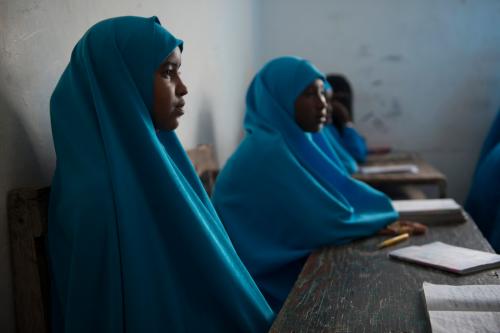
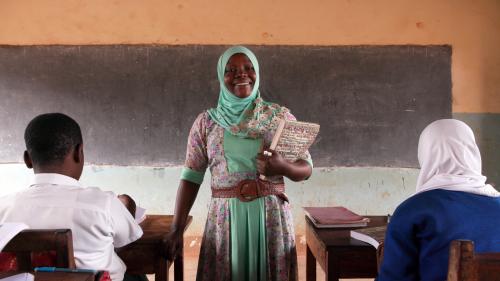
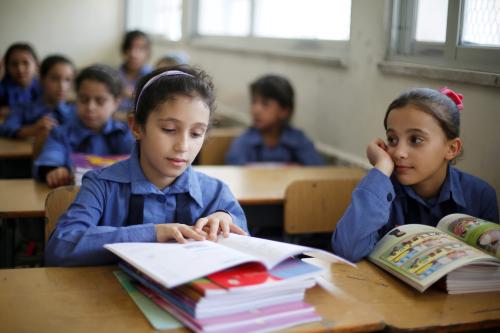
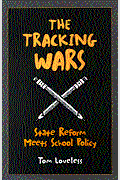
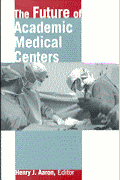
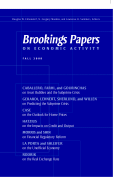
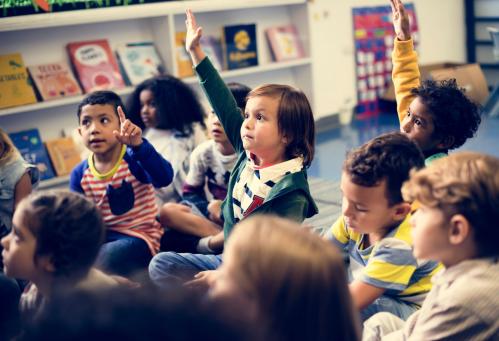

Commentary
The distance to school is not only about the distance you walk
June 8, 2016